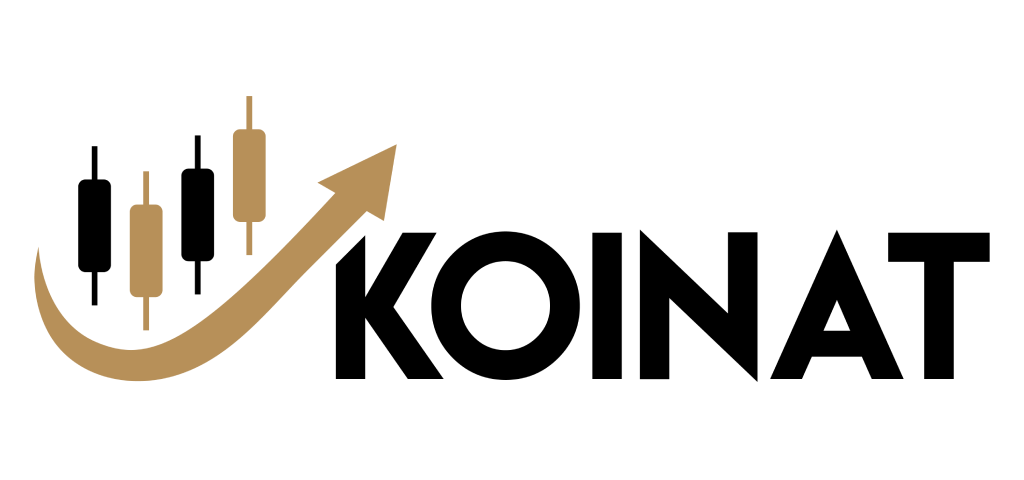
Bitcoin bulls hoped that the Nov. 21 drop to $15,500 would signal the end of the cycle, but BTC has failed to deliver a daily close above $17,600 for the past 18 days.
Traders are plainly dissatisfied with the current price behavior, and the confirmation of BlockFi’s demise on November 28 did not aid any prospective Bitcoin price recovery. A few weeks after suspending withdrawals, the cryptocurrency lending site filed for Chapter 11 bankruptcy in the United States.
Ripple APAC policy lead Rahul Advani told Cointelegraph that FTX’s bankruptcy will lead to more scrutiny of crypto legislation, and numerous worldwide agencies have already vowed to adopt more stricter crypto regulations.
Unfortunately, no one can predict when investor mood will recover and spark a fresh bull run. Despite this, there is an options method that could produce a reasonable return with little risk for traders who anticipate BTC will reach $20,000 by December 30.
Buying Bitcoin futures pays money during bull markets, but the problem comes when the price of BTC falls. This is why professional traders employ options techniques to enhance their profits while limiting their losses.
By the end of 2022, the bullish skewed Iron Condor strategy can maximize returns near $21,000 while limiting losses if the expiry price is less than $18,000. It’s worth mentioning that Bitcoin was trading at $16,168 at the time of this model’s pricing.
The call option grants the holder the right to purchase an asset at a predetermined price in the future. The buyer pays an upfront fee known as a premium for this privilege.
Meanwhile, a put option entitles its holder to sell an asset at a preset price in the future, serving as a downside protection strategy. Selling this instrument (put) on the other hand provides exposure to the price upside.
The Iron Condor strategy is selling call and put options with the same expiry price and date. The preceding example uses December 30 contracts, but it can be customized for different timeframes.
The target profit range is $18,350 to $24,000, as illustrated above. The investor must short (sell) two contracts of the $20,000 call option and two contracts of the $20,000 put option to begin the trade. The buyer must then repeat the process for the $22,000 options, using the same expiration month.
To protect against a potential downside, 5.8 contracts of the $18,000 put option must be purchased. Finally, to restrict losses above the level, 5.3 contracts of the $24,000 call option must be purchased.
